Whether you have young or old apple trees, knowing when and how to prune apple trees correctly is critical to your trees’ health and the harvest you’ll receive. Use this guide to learn if summer or winter is the best time of year to prune your trees. It includes step-by-step pruning instructions complete with tips for overgrown mature trees.
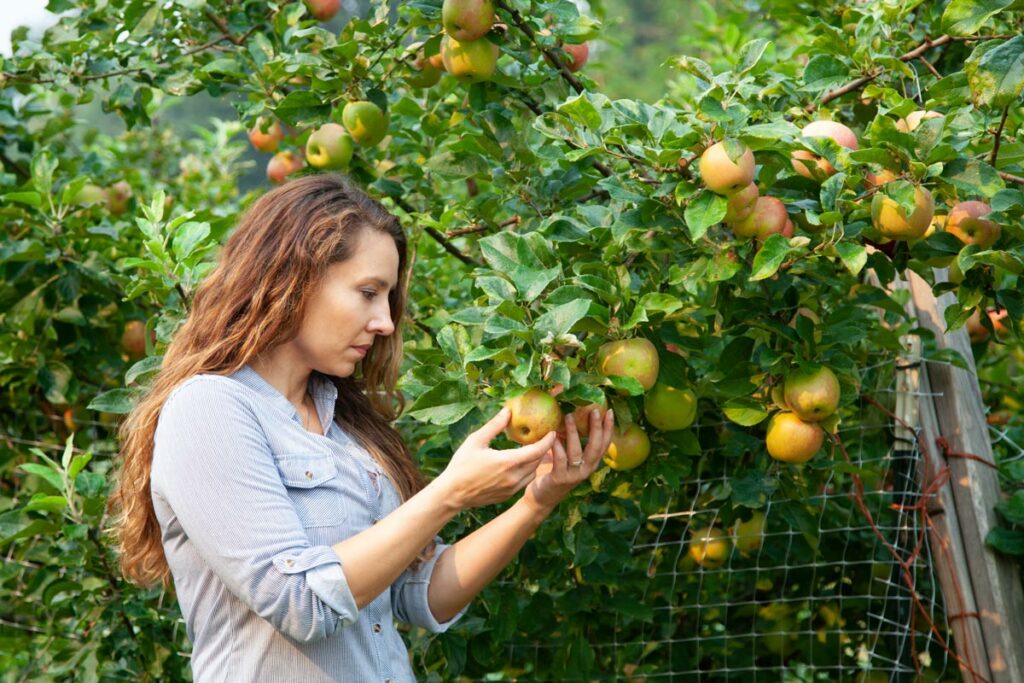
This post has been updated to include Pioneering Today Podcast Episode #242, “Fruit Tree Bushes Fall and Winter Care,” with Joe from Raintree Nursery.
Why You Should Prune Apple Trees
I may be strange, but pruning fruit trees is one of my favorite garden chores each year. It brings me joy to know how I want my fruit trees to look ten years from now, and to create that look through pruning is so rewarding.
If you’re planning an orchard, be sure first to read how many fruit trees to plant, when and how to plant fruit trees, and planting a fruit tree guild. This information will give you a good foundation for tending to a healthy and thriving orchard with good fruit production.
Pruning a tree badly is worse than not pruning a tree at all. You’ll cause more problems, more disease, more malformation. When done properly, pruning keeps your tree healthy and vigorous. So make sure you learn the proper way to prune and then get out there and practice.
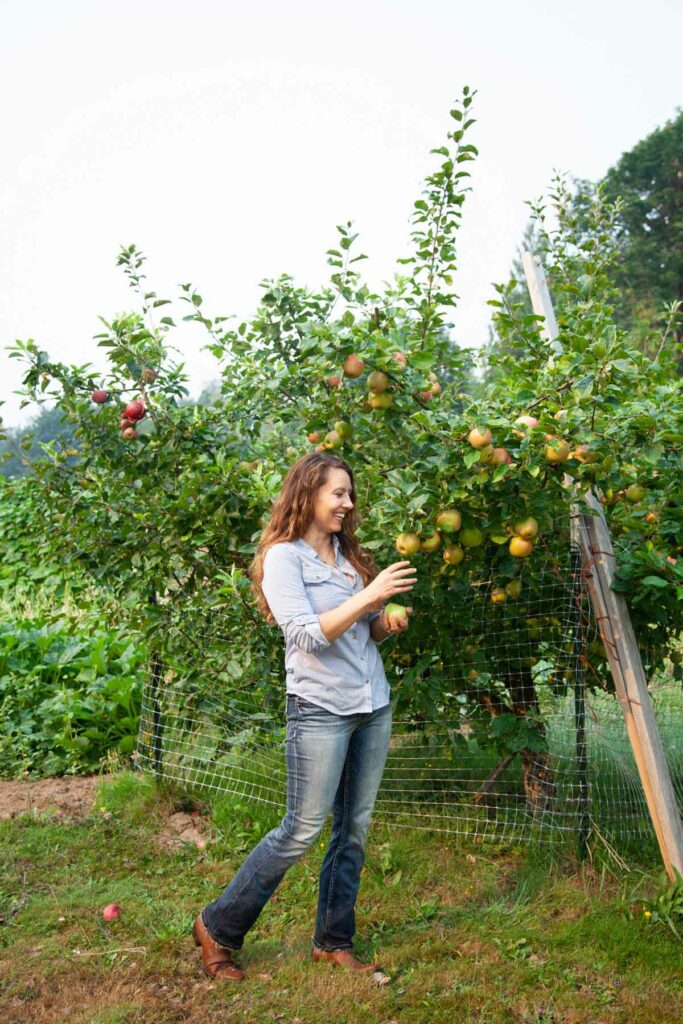
Seasonal Cycles of Fruit Trees
Most of us are used to hearing about winter pruning of fruit trees, and up until a couple of years ago, I would prune fruit trees between February and March here in the Pacific Northwest.
A friend and expert taught me that caring for your trees during their seasonal cycles looks very different depending on where you live. For example, fruit trees are in a completely different part of their seasonal cycle in the fall than in winter. Let’s take a look at each season and its role in the life of a fruit tree.

Subscribe to Melissa K. Norris!
Get updates on the latest posts and more from Melissa K. Norris straight to your inbox.
We use your personal data for interest-based advertising, as outlined in our Privacy Notice.
Fall
In fall, your trees begin to close up shop, so to speak, for the winter months. They want to shut down much of their metabolic processes and save their finite energy. Trees do have a finite amount of energy every year. The root system fixes their energy and the amount of sunlight they get, so they have to save energy for growing during the very best period.
In the fall, fruit trees pull their energy back into the roots. The sap comes out of the branches; the leaves come off, and any fruit that, for whatever reason hasn’t fallen, lets go. The trees will bring all that energy down to the root system.
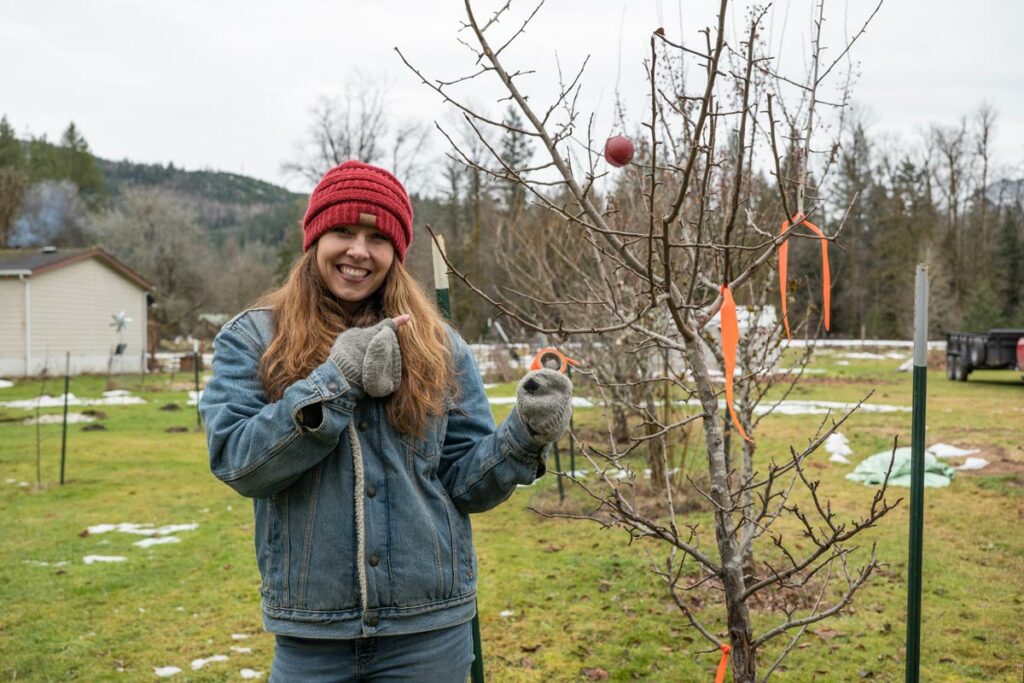
Winter
During the wintertime, fruit trees go into dormancy. Dormancy is like going to sleep for the tree. This is an absolutely critical process of caring for fruit trees, and when they miss it, things get weird. Dormancy allows the tree to manage its sugars and hormonal systems.
The most common thing that will happen if a tree doesn’t get enough dormancy is it won’t flower. No flowers, no fruit. Dormancy for a fruit tree is fruit tree is weather-dependent, encourage your fruit tree into dormancy by allowing it to experience the coolness of fall and winter.
Pro-Tip: If you are growing trees in pots, do not leave them in a warm place all the time; dormancy won’t happen! Bringing them inside to protect them actually works against them by preventing dormancy from taking place.
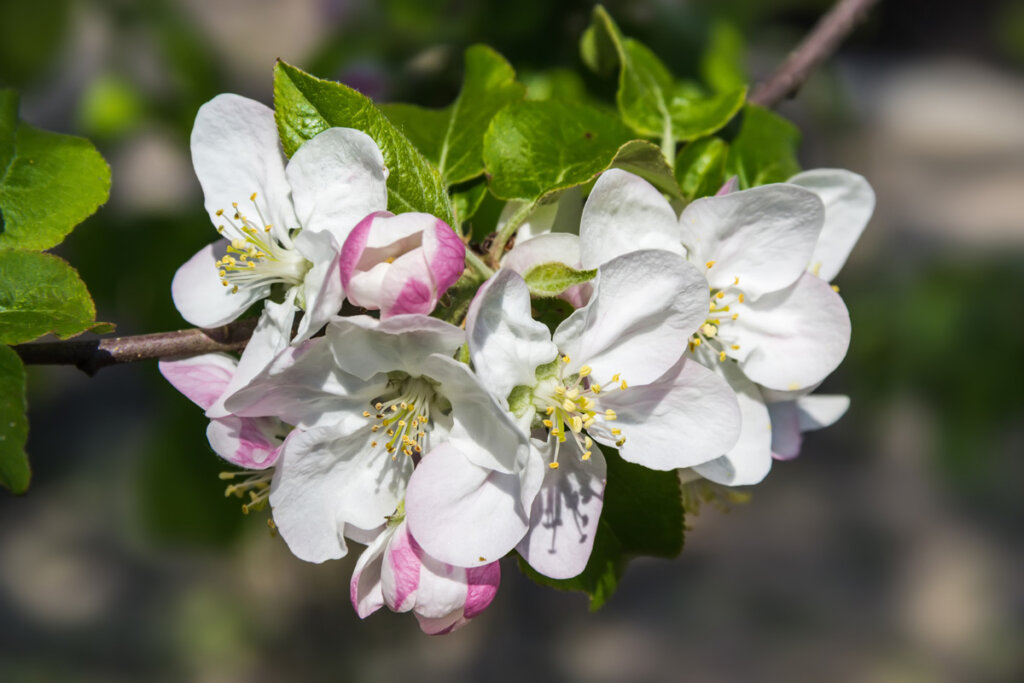
Spring
In the springtime, we let our fruit trees do their thing. They’re actively budding and flowering and setting fruit on the branches. The only thing you want to be doing in the springtime is enjoying the beauty of these trees and allowing time for ample pollination.
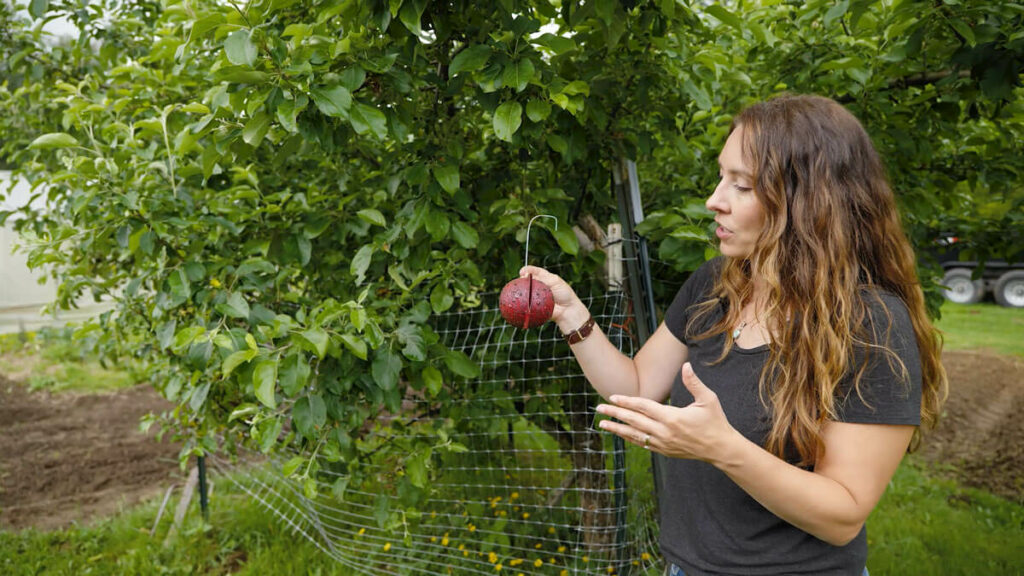
Summer
Almost all of the rules of pruning, caring for, and growing fruit trees are based on a New England or California environment. Ninety-nine percent of the literature focuses on California growing or New England gardening.
Now, imagine an area where your winters are really cold. Well, the thing about really cold winters is that they’re also dry. Snow is not wet, nor is ice, not for the purposes of bacteria and fungal growth. If you live in these types of environments, you can prune during the winter (and because their summers are typically wet, it’s not a good idea to prune in the summer).
Here in the Pacific Northwest, it’s the other way around. We have very wet winters and typically very dry summers. Most people who live here don’t realize that fruit trees are dormant twice a year: in the summer and winter.
If it gets hot enough that the tree transpires more water, pulling more water out of the ground than it can replace, it will start into pseudo dormancy. At this point, it’s safe to prune your fruit trees. They remain dry; you won’t mess up the hormones at all. The trees are not strictly in full dormancy, but they are in dormancy enough that you won’t upset their hormones.
The Pacific Northwest has a rainy season with some cold weather below freezing, so pruning in the winter may not be the best solution for my fruit trees.
This was good information to learn and, my friends, I love learning better ways to do things that will improve the growth and health of all we raise on our homestead.
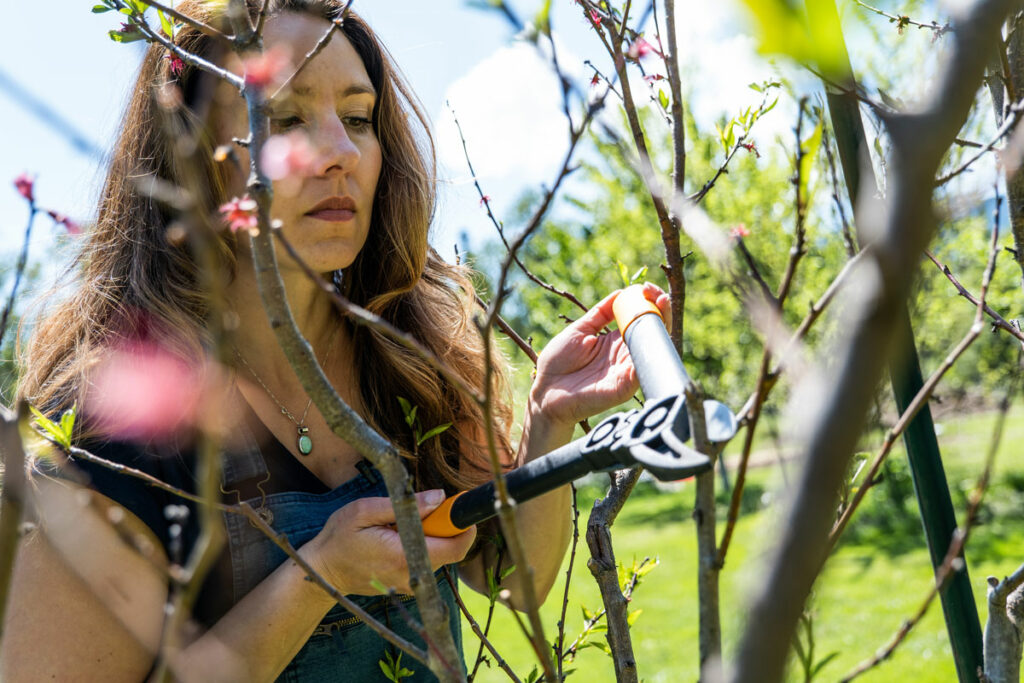
When to Prune Apple Trees
Prune apple trees when they’re dormant, and you have at least two weeks of dry weather after making your pruning cut. Apple trees are pruned in later winter or early spring before the tree begins bud break (when the leaf and fruit buds start to unfurl) in eastern areas of the United States.
However, in the Pacific Northwest, the best time to prune apple trees is during the summer, when the tree enters a second dormant phase. You should never prune an apple tree in the fall.
Fresh pruning cuts leave the tree susceptible to disease. You don’t want to prune when it will be wet for two to three weeks after you prune.
Pro Tip: Ice and snow are considered dry regarding fungus and bacteria spores. In wet parts of the country, like the Pacific Northwest, the best time to prune an apple tree is in July.
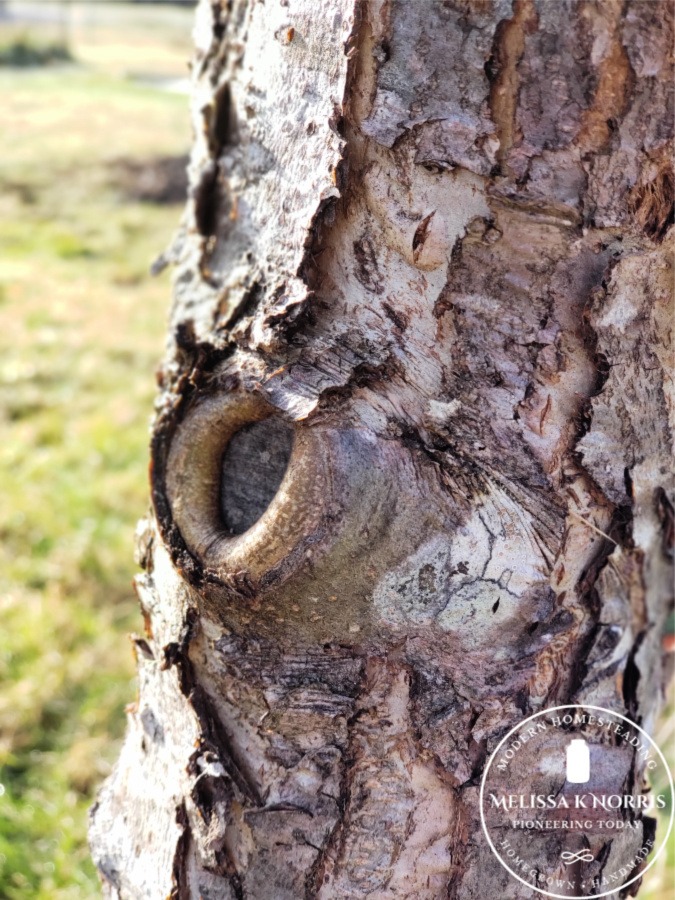
Types of Pruning Cuts
It’s important to make the correct type of pruning cuts. Make sure the cut is clean when you’re pruning your apple tree. Choosing the proper pruning tools and keeping them sharp will ensure a good, clean cut to prevent damaged branches.
- Collar Cut – When removing a full branch, cut the branch right at the collar, close to the trunk. You’ll see a slightly round raised area of bark with branches growing out of the limbs. Look at where the branch meets the trunk. Cut straight up and down, right next to the collar, but not into it.
- Pruning to a Bud – When tipping a branch or cutting out a diseased portion (but not the entire branch), you want to find an outward-facing bud to make your pruning cut. Cut at a 45-degree angle about 1/4 inch away from the bud.
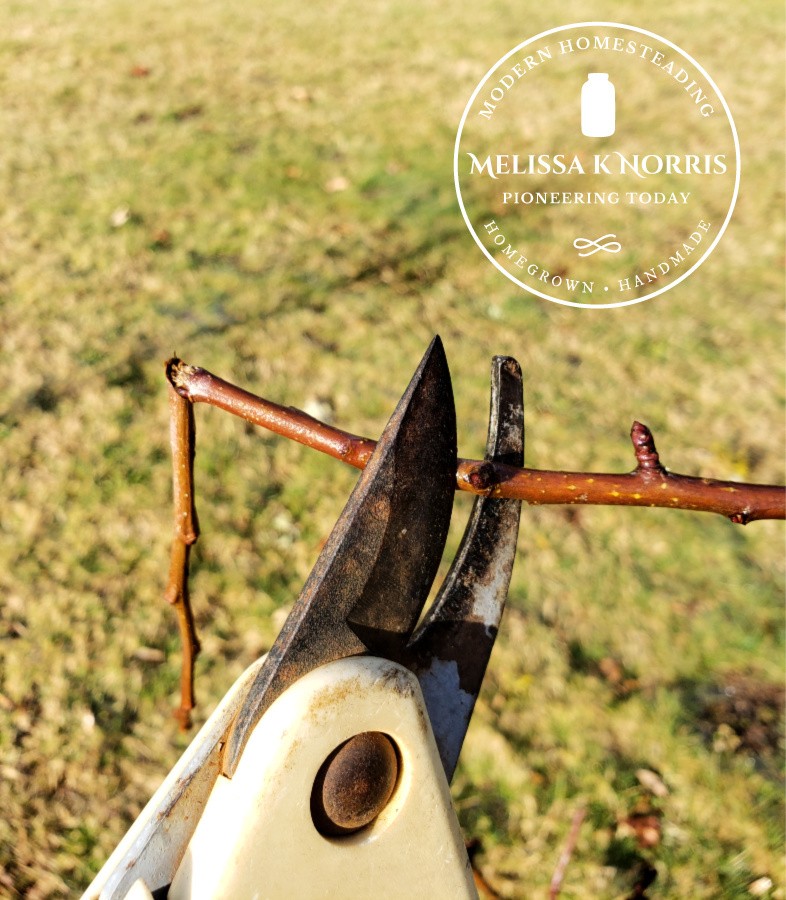
Supplies Needed
Before pruning, especially heavy pruning always clean your shears, loppers, and saws with alcohol to avoid spreading any disease between trees and allow them to dry thoroughly before use.
- Saw – A heavy-duty pruning handsaw like this folding saw works well for larger branches.
- Pruning Shears – Smaller branches and bushes trim up really well with steel pruning shears, giving a sharp, clean cut.
- Long-Handled Loppers – Those hard-to-reach medium-sized branches or areas that are hard to reach can be trimmed easier with these long-handled loppers for medium branches or spots that are harder to get into.
How to Prune an Apple Tree
Pruning an apple tree is similar to pruning most fruit trees (peaches, pears, plums, cherries, etc.) The biggest difference is whether you’re allowing a central leader branch to grow straight up the middle of the tree or if you’ll create an open canopy with multiple main branches that spread out to create the canopy. These step-by-step tips will get you on your way.
- Prune the dead and diseased or broken branches. Deadwood is often darker or black. The bark may peel or be split, and no new buds form. Signs of disease are an open wound, discolored wood, oozing wounds, or peeling bark with discoloration. Any time you see disease or dead branches, remove them promptly. If wet conditions are present, cut past the disease (where you no longer see discoloration in the wood).
- Make good pruning cuts with your sharp tools. Once you have dry weather, make your final proper pruning cut, either at an outward growing lateral or, if removing the entire branch, at the collar. Sometimes branches look dead, but if you scrape the bark with your fingernail, it may be green. This is a good test before cutting something you’re unsure of.
- Remove the sucker shoots that grow near the base of the tree, off the trunk or near it. Continue to cut off the sucker shoots so your branches grow stronger as soon as you see them, don’t wait for winter or summer.
- Remove the water shoots that grow straight upwards and don’t produce fruit. They sap strength from the tree and the shade fruit and lower branches. It’s best to trim them right away.
- Prune the branches that grow downward and don’t provide fruit. Leaving them can cause a branch to weaken over time and break; snip them off without delay.
- Remove crossing or rubbing branches that grow into a position that will cause rubbing on the bark of other branches from wind and weather, opening the tree up to disease and insects.
- Prune inward branches; keeping the tree’s center clear for good air circulation. Overgrown foliage will shade the fruit, preventing it from naturally ripening on the tree. If you have a lot of younger shoots growing straight into the center of the tree, remove them too.
- Lateral branch placement is essential when choosing well-placed lateral branches to maintain healthy scaffolding for developing more fruit spurs. You want to ensure you don’t have branches that are right on top of one another. These scaffold branches shade the lower branches and create an uneven tree. These branches should grow outwards rather than upward and be 4 to 6 inches apart.
Finally, my friends, remember to record your cuts each year and watch how the tree responds. This act of pruning and observing will teach you so much about how to get a fruit tree to the shape you desire and what’s best for your climate. The Family Garden Planner will keep all this valuable information organized and easily accessible year after year. Happy Pruning!
How to Prune Old Apple Trees
- Start by removing dead or diseased and broken branches first. Next, remove any sucker shoots.
- Remove branches that cross or are rubbing against one another.
- Remove lower branches, especially those within two feet of the ground on dwarf or semi-dwarf trees and within four feet on standard apple trees.
- Thin out branches at the top to allow light to penetrate the upper canopy to the middle and lower branches.
- If scaffolding branches are too close together, pick the stronger of the two and remove the other.
When a tree has been neglected and not pruned for several years, never remove more than 1/3 of the tree. Spread the pruning out over several years to get it fully pruned and back into shape.
When in doubt, take pruning slowly. You can shape and prune your fruit trees over multiple years.
Remember the cuts you made each year and watch how the tree responds. This act of pruning and observing will teach you so much about how to get a fruit tree to the shape you desire and that’s best for your climate.
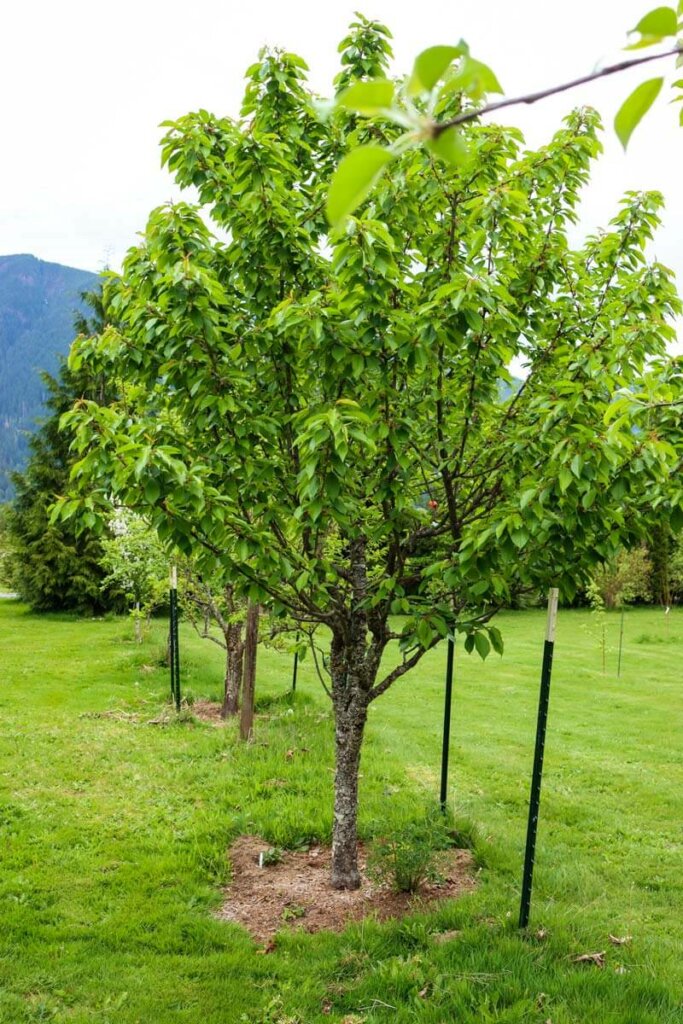
Resources
- Raintree Nursery
- When to Plant Fruit Trees
- When to Spray Fruit Trees
- Chill Hours Map
- List of Chill Hours for Common Fruit
- Find Your Chill Hours
- Pioneering Today Academy Waitlist
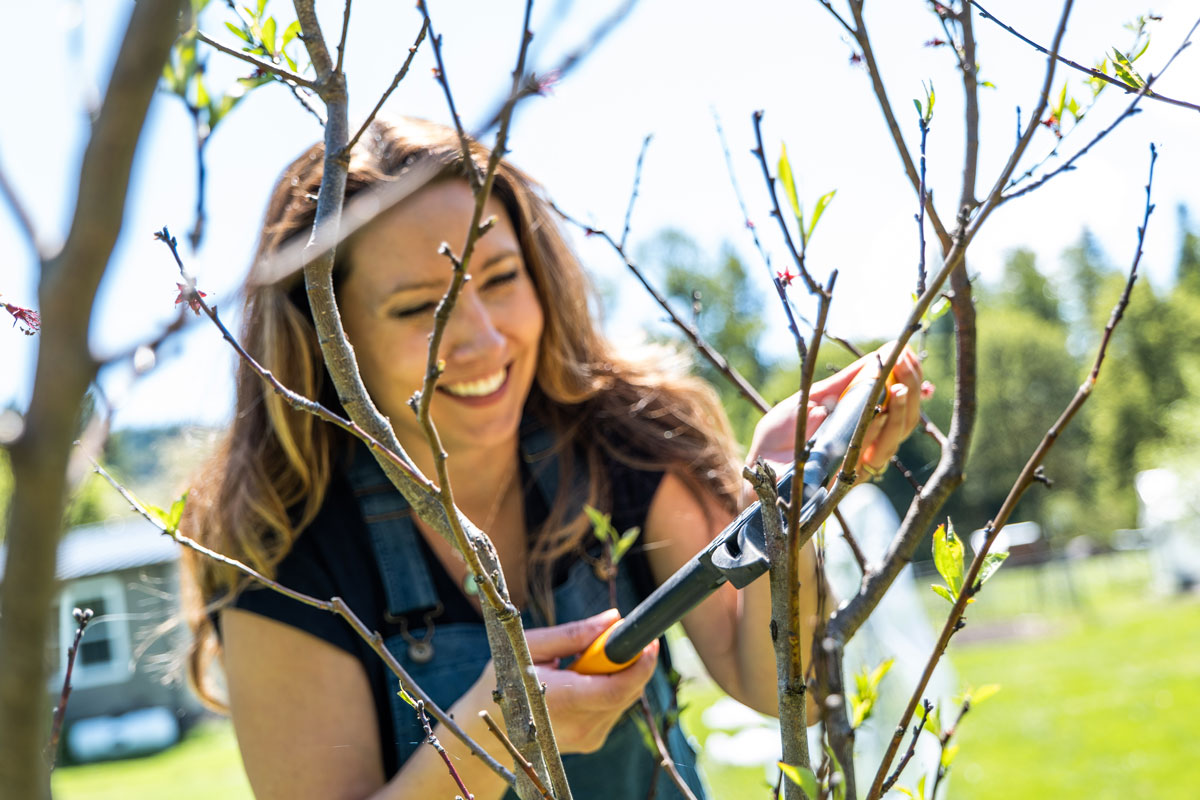
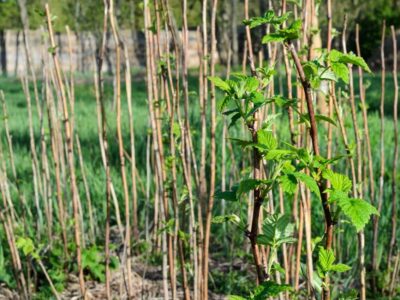
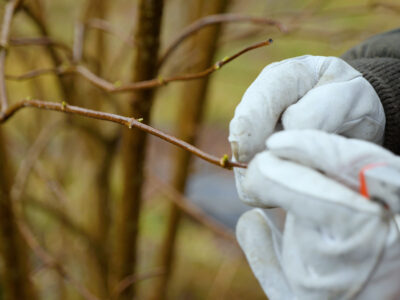
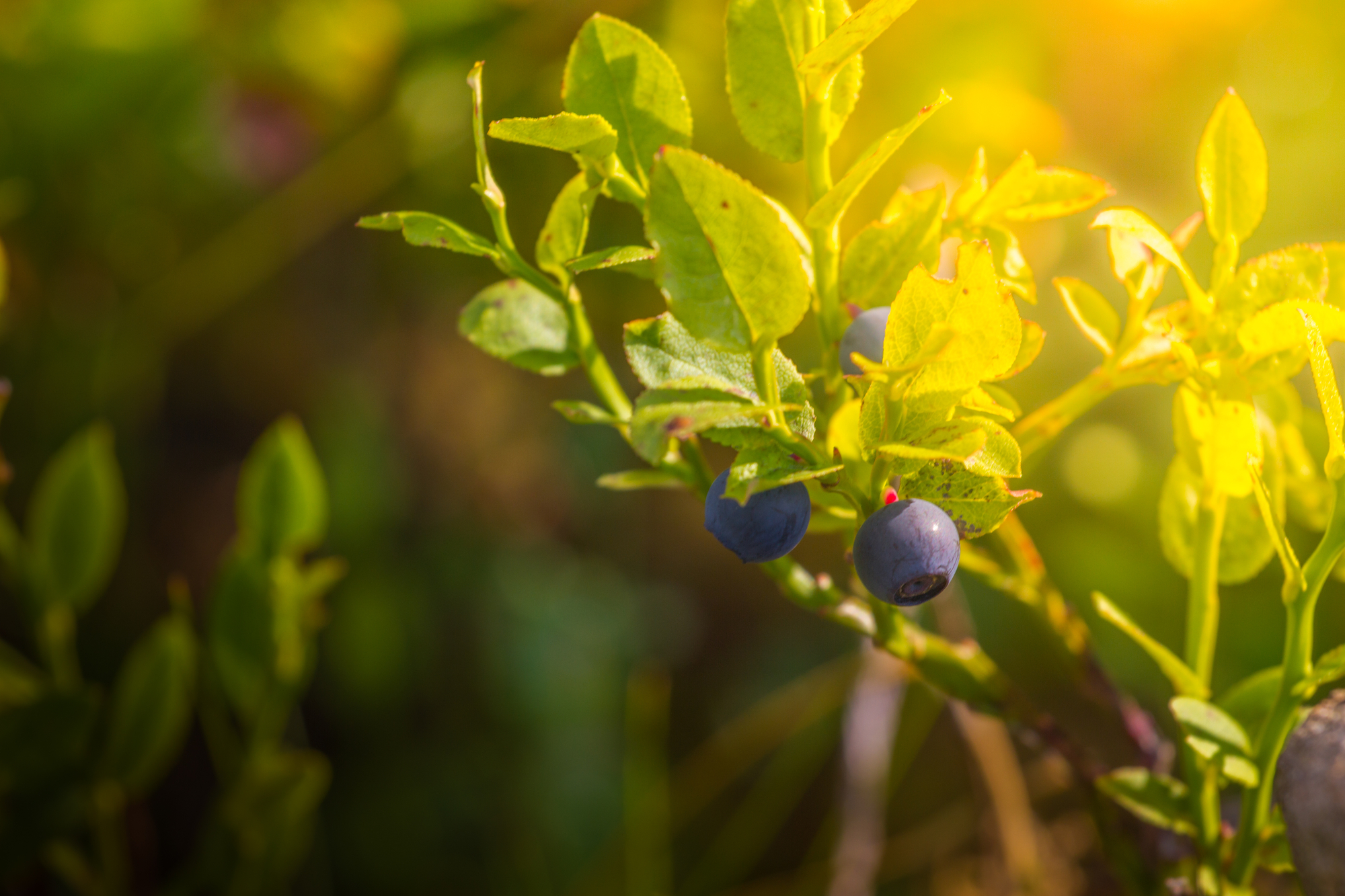
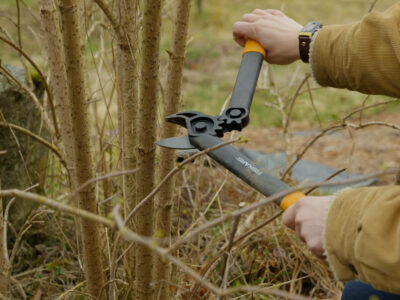

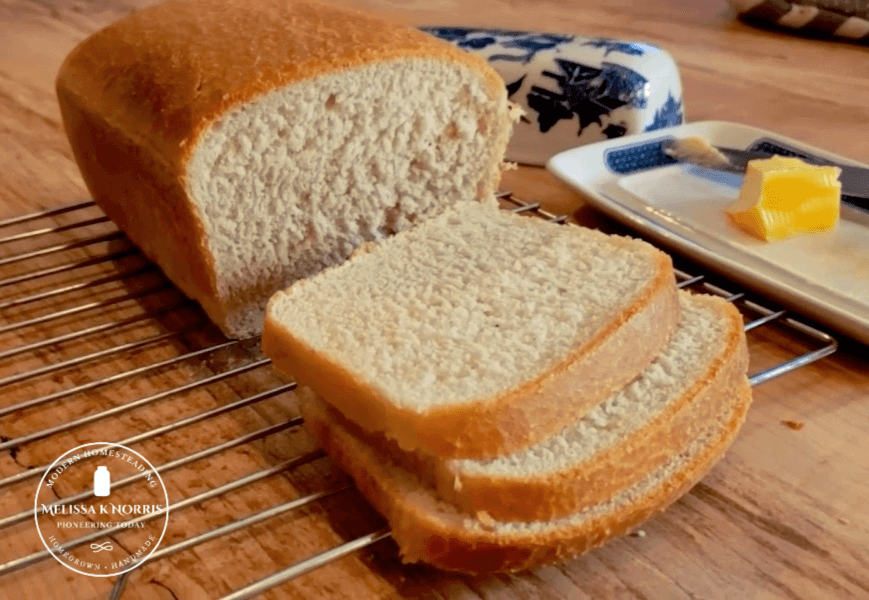




I’ve always wondered about the best time to prune my apple trees, and your post clarified so much! I appreciate the detailed tips for both winter and summer pruning. I think I’ll try the summer pruning technique this year to encourage more growth. Thanks for sharing your expertise!
Hello Melissa,
I so very much enjoy and learn so much watching you podcasts and reading blog posts. I too live in western Washington on the Newaukum River near Chehalis, although it’s zone 8b here. Just wondering about pruning the apple trees in the summer. We have 2 trees of an unknown variety that are quite old and neglected. Used to have 3 but the beavers took one out! Our trees usually are ready for harvest in October. In July, and now, since we are about 3-4 weeks behind this year due to the crappy weather, fruit is forming on the trees. How can this time be a dormant time? Is it really the right time to prune? Don’t want to lose more fruit as there isn’t much this year anyways. What does the apple tree look like when it’s dormant in the summer?
Hello i just watched your video on how to prune a apple tree. Last season in the summer my niece pruned four large bottom branches, at the side small branches plus, this year i had no blossoms, in the spring and its a drwarf apple tree and last year i have way to many apples 4 kinds of apples on the same tree. This year it looks really healthy but no blooms